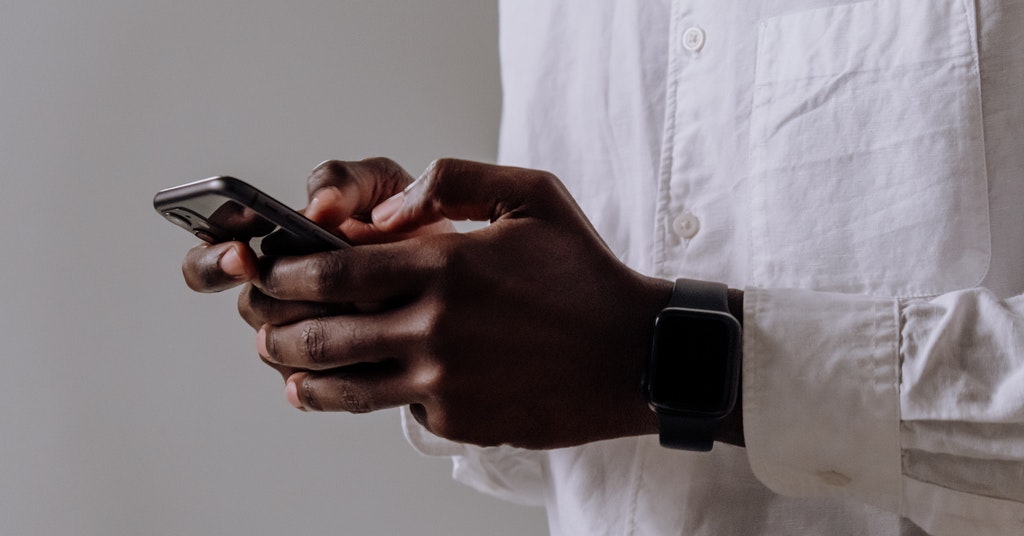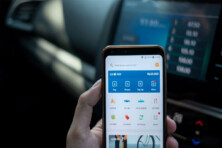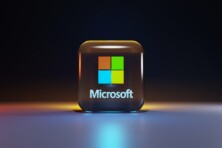Losing a phone seems like a catastrophe, yet 70 million smartphones are lost or stolen each year in the US alone. What should you do if your phone is nowhere to be found?

What to do if your phone is lost or stolen. Source: pexels.com
For many people today, their phones feel almost like a part of their hand. On average, people check their phones 58 times a day, which is about once every fifteen minutes. Smartphones carry a lot of vital information about their owners, from access to email services to sensitive banking details. So, if your mobile phone is lost or stolen, you have to take care of your personal information. However, before going into panic mode, try to find your gadget via such platforms as callmyphone.org. And if it doesn’t work, follow these guidelines.
1. Lock it remotely
Most smartphones have a remote locking function. It will help you make sure nobody accesses your private data until you possibly get the phone back.
For Android phones, go to android.com/find and sign in to your Google Account. If your lost phone has more than one user profile, sign in with a Google Account that’s on the main profile. You’ll be redirected to the Find My Device official app. There you can choose a phone you’ve lost from the list of the phones used with your account. It will give you options to locate, lock, or erase the data on your phone.
The app may lock your phone with the chosen PIN, pattern, or password. If you don’t have a lock configuration, you can set one at the moment. Phone owners can also add a message with their contact phone number to the lock screen, so that a person who finds it may return it easily.
Please note that that the phone must:
- Be turned on
- Be signed in to a Google Account
- Be connected to mobile data or Wi-Fi
- Be visible on Google Play
- Have Location turned on
- Have Find My Device turned on
As you understand, that would work mainly if the phone is lost. Experienced thieves would do everything to prevent you from locating or locking your phone at once.
If you have lost your iPhone, visit https://icloud.com/find. Use your Apple ID to log in. When you mark your device as lost, you remotely lock it with a passcode, and disable Apple Pay on the missing device. Besides, you can choose to display a custom message with your contact information on the missing device.
2. Look for the phone
Try locating the phone with dedicated apps such as Find My Device for Android or Find My iPhone for iOS. They will show you a spot on the map where your phone is now, or was spotted the last time. However, the location may not be 100% accurate, especially if the thieves turn off the Location and Find My Device features on your Android device. Even if all necessary features are enabled, the exact phone’s location may be within a 20-metre radius of the suggested map spot which is a lot to search. Moreover, GPS location services can be hindered by being around tall buildings, heavily wooded areas, and parking garages. Hopefully, turning on the loud alert option will help you find the device, but if you’re in a noisy place that may not help as well.
There are more traditional ways to find your phone, though. The first obvious thing to do when you don’t see your phone anywhere, is calling it. If you call your phone number shortly after the loss and it’s disabled, high chances are the phone is stolen. If it’s not stolen, someone may have found it and be able to answer the call. If that works, and the person is ready to give the device back, you’re very lucky, and the story is over. Sometimes, coming back to the place you last saw it, or posting a notice on social networks will also help to find a lost phone.
If you believe your phone is stolen, don’t try to approach the thieves by yourself. It may be very dangerous. Remember that your life is more important than the latest iPhone. Go to the police office, instead. Surely, looking for stolen phones is not their top priority. However, if you can supply the tracking information from the find-my-phone app, they may be more willing to help you. Furthermore, in some countries, devices reported missing or stolen are added to a nationwide blacklist. Thus, they won’t work with any networks in the country.
3. Contact your bank and mobile service provider
If your phone has a banking app installed, which is true for most smartphones, you need to contact your bank and inform them your accounts may be compromised. You should ask if there has been any recent activity on your card, and terminate the account if needed. In any case, you can cancel your existing credit card and get a new one to stay on the safe side. Change your online banking passwords from the desktop version to keep your accounts safe if you can’t cancel your credit cards. You should also immediately contact your service provider to disable your account. In many countries, your phone’s unique identifier (IMEI) will be added to a “blacklist” and couldn’t be used.
4. Protect your email, apps, and social media accounts
Even if you have locked the phone quite quickly, changing passwords for any accounts associated with your phone is a wise step in this situation. Social media, email, app store, password manager, shopping and banking apps, streaming services, etc. – they all bear sensitive information and should be protected from external access. Be especially attentive to the services you use with the autosave feature. Use strong passwords, preferably different for every account.
5. Check for insurance
If you have an insurance policy that covers phone losses and thefts, contact your insurance provider. Loss and theft coverage is not typically covered with other warranty plans, but many stores offer it in package with the phone. If you want to claim insurance, you may require your phone details like IMEI and the crime reference number (if you reported the accident to the police office). Insurance providers may also ask for proof of the phone’s purchase. Typically, your insurance provider will replace your phone fast, as well as protect your replacement phone with a new warranty that starts the day you receive it.
SEE ALSO:









